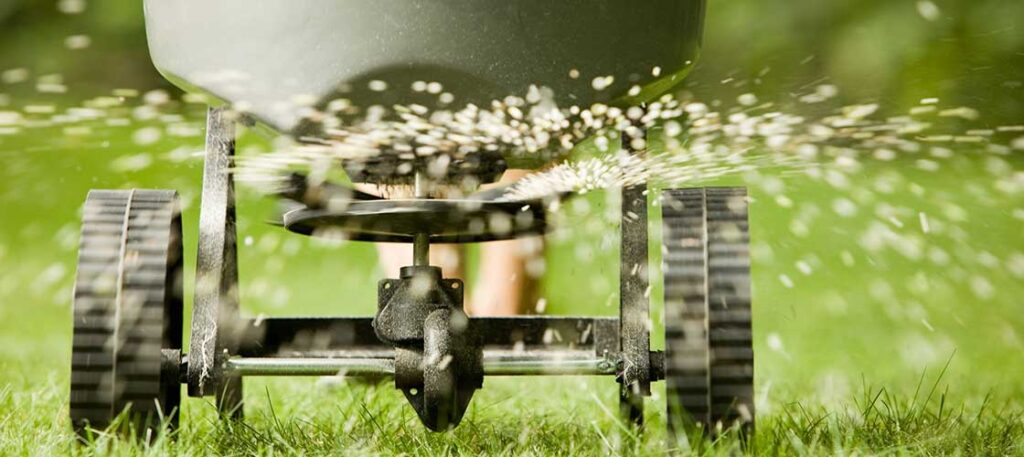The Best Fertilizer Schedule for Texas Lawns (2025 Edition)
By Innovation Grounds
Maintaining a beautiful lawn in Texas can be a challenge due to the state’s diverse climate zones, scorching summers, and occasional droughts. The key to a lush, green lawn year-round is a proper fertilizer schedule tailored for Texas conditions. Whether you’re in North Texas, Central Texas, or along the Gulf Coast, following a seasonal fertilizer plan is essential for grass health, weed control, and vibrant color.
In this 2025 guide, we break down the best fertilizer schedule for Texas lawns to help homeowners and landscapers alike keep their turf thriving throughout the year.
Why Lawn Fertilization Matters in Texas
Texas lawns, especially those with St. Augustinegrass, Bermudagrass, or Zoysiagrass, need regular nutrients to combat heat stress, soil nutrient deficiencies, and competition from weeds. Fertilization helps:
Promote deep root growth
Improve drought resistance
Enhance green color and density
Prevent weed overgrowth

Best Fertilizer Schedule for Texas Lawns (By Season)
Spring (March – May): Wake-Up Call
Focus Keywords: spring lawn fertilizer Texas, early spring fertilizer, lawn green-up
Spring marks the awakening of your lawn from winter dormancy. This is when grass starts growing again, and it’s crucial to apply the right nutrients early.
When to Fertilize: Late March to early April
What to Use: Use a balanced, slow-release nitrogen fertilizer (e.g., 15-5-10 or 20-5-10)
Tips: Apply when soil temperatures reach 55°F. Avoid over-fertilizing too early as it may encourage weeds.
A pre-emergent herbicide with fertilizer can also help prevent weeds like crabgrass from sprouting.
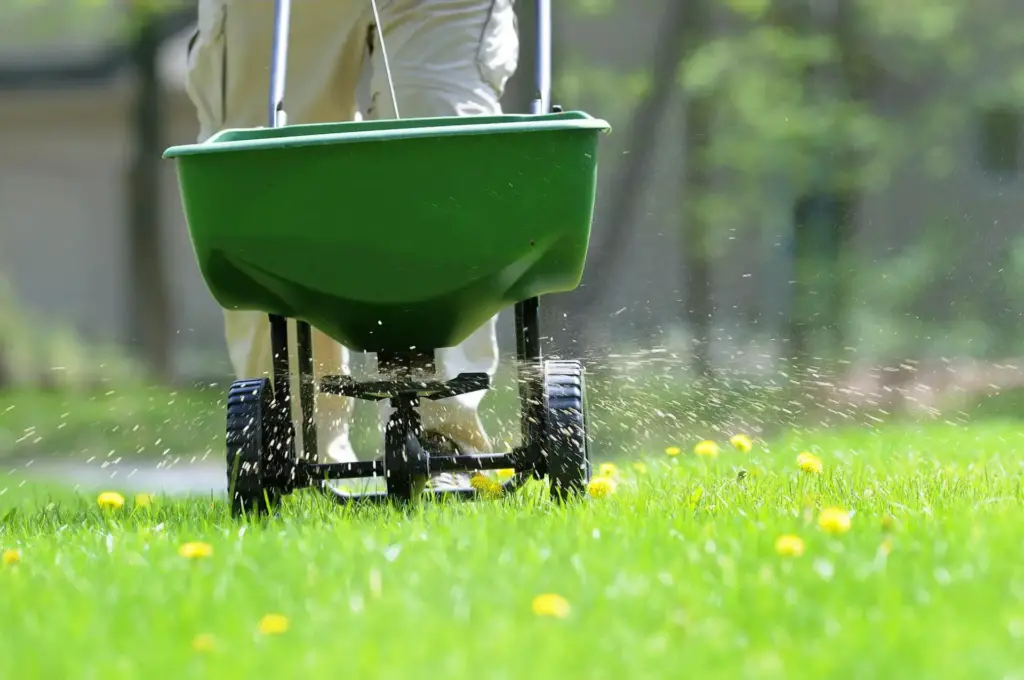
Early Summer (June): Growth Support
Focus Keywords: summer lawn fertilizer Texas, June fertilizer, heat-tolerant grass care
As temperatures rise, your lawn needs a boost to sustain growth and endure heat.
When to Fertilize: Early to mid-June
What to Use: Nitrogen-rich fertilizer with iron (look for labels like 28-0-3 with 2% iron)
Tips: Water your lawn after fertilizing to activate nutrients and avoid burning.
Lawns in full sun, especially Bermudagrass, benefit most from a nitrogen-focused application.
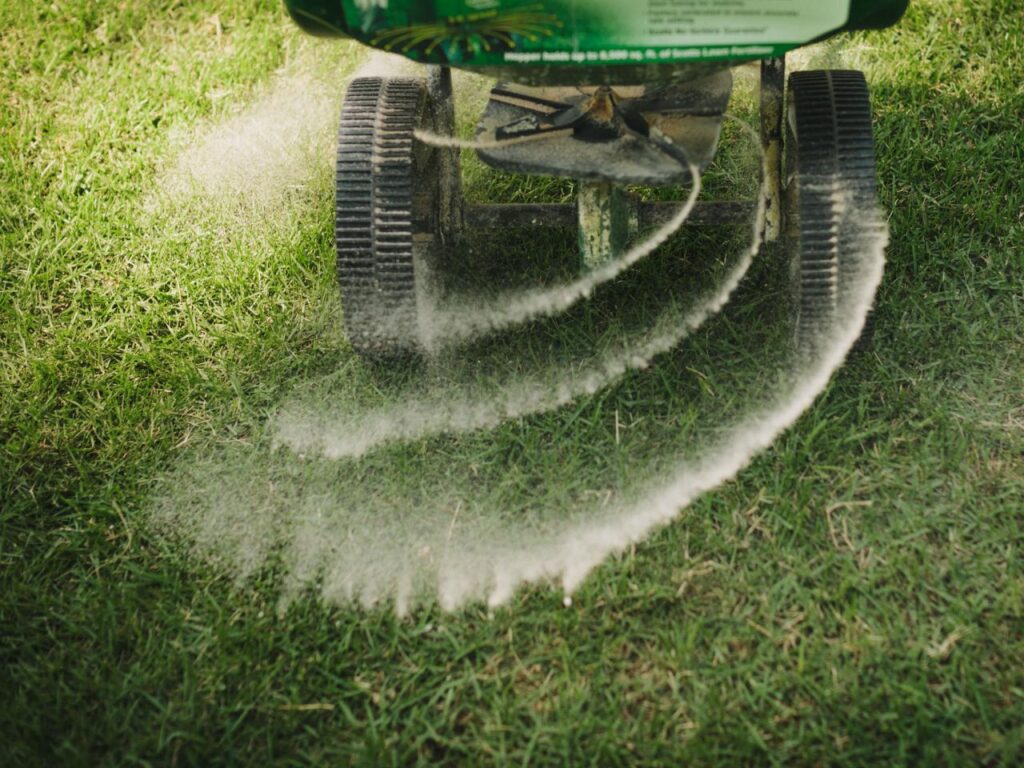
Late Summer (August): Stress Management
Focus Keywords: late summer lawn care, August fertilizer schedule, Texas drought lawn
Texas summers can be brutal. This round of fertilization focuses on stress resistance and recovery.
When to Fertilize: Late July to early August
What to Use: Fertilizer with lower nitrogen and higher potassium (e.g., 10-0-14)
Tips: Potassium strengthens grass to withstand drought and high temps.
Avoid fertilizing during peak heat (above 95°F) to reduce the risk of burning the lawn.
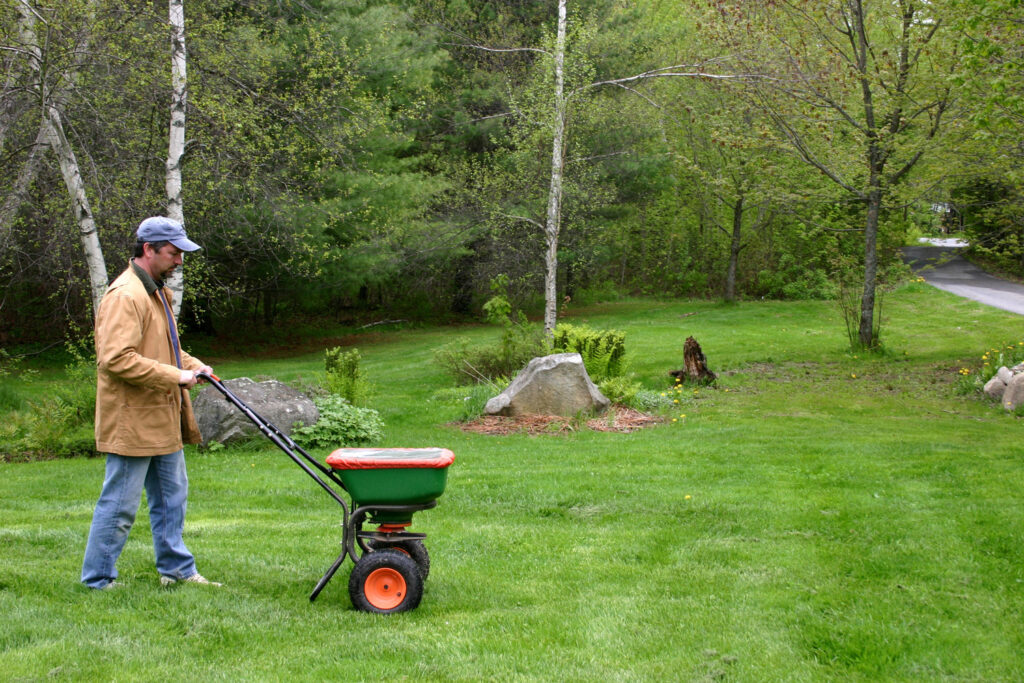
Fall (September – October): Root Development
Focus Keywords: fall lawn fertilizer Texas, root growth fertilizer, October lawn schedule
Fall is the most important fertilization period for Texas lawns. Cooler temperatures and consistent rainfall promote strong root development for winter survival.
When to Fertilize: Mid-September to late October
What to Use: Balanced fertilizer with phosphorus and potassium (e.g., 18-6-12)
Tips: Aerate your lawn before applying fertilizer for deeper penetration.
This fall application preps your lawn for dormancy and a strong comeback in spring.
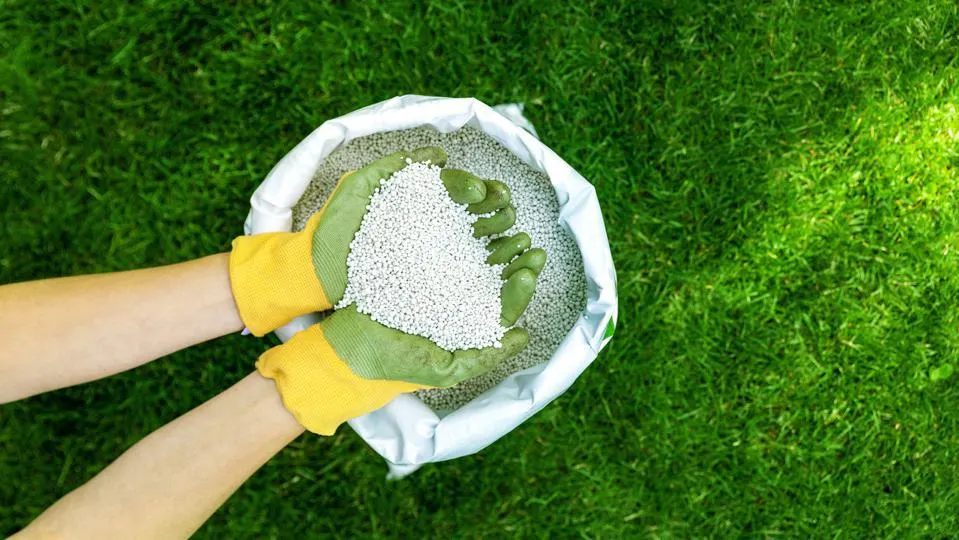
Winter (Optional – November): Dormancy Prep (For South Texas)
Focus Keywords: winter lawn care Texas, dormant grass fertilizer, off-season lawn feeding
If you’re in warmer parts of South Texas (e.g., Corpus Christi or San Antonio), a light winter fertilization can keep lawns semi-active during mild winters.
When to Fertilize: Early to mid-November
What to Use: Winterizer with low nitrogen and high potassium (e.g., 5-10-30)
Tips: Only fertilize if the grass is still slightly green and not fully dormant.
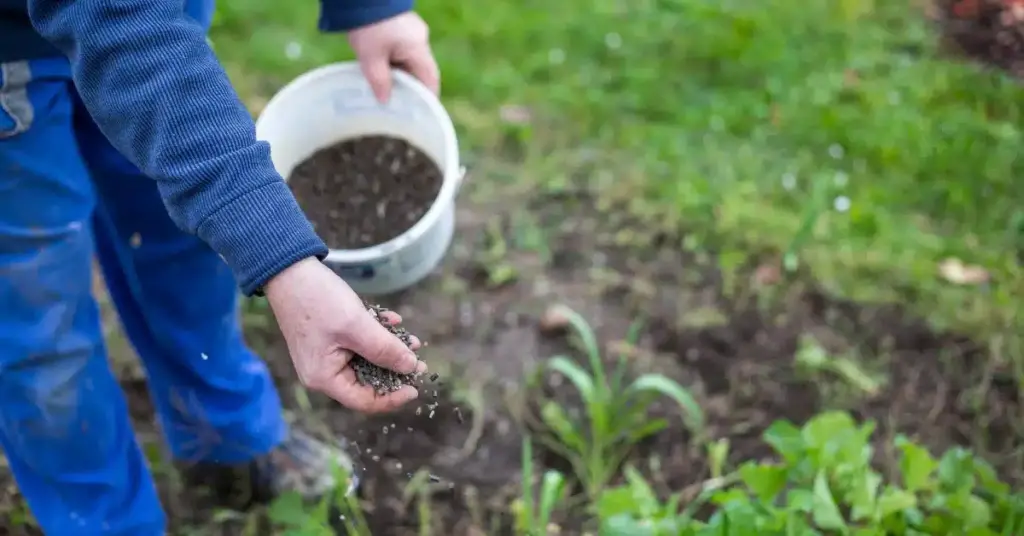
Best Practices for Texas Lawn Fertilization
1. Soil Test First: Before applying any fertilizer, get a soil test to know exactly what your lawn needs. Texas soils vary greatly, and a test can prevent over-application.
2. Water Properly: Always water your lawn after fertilizing to activate the nutrients and prevent scorching.
3. Choose the Right Grass Type: Fertilizer schedules can vary slightly for Bermudagrass vs. St. Augustinegrass or Zoysia. Adjust nitrogen levels accordingly.
4. Use Organic Options: If you prefer eco-friendly options, compost or organic fertilizers like Milorganite can improve soil structure and long-term turf health.
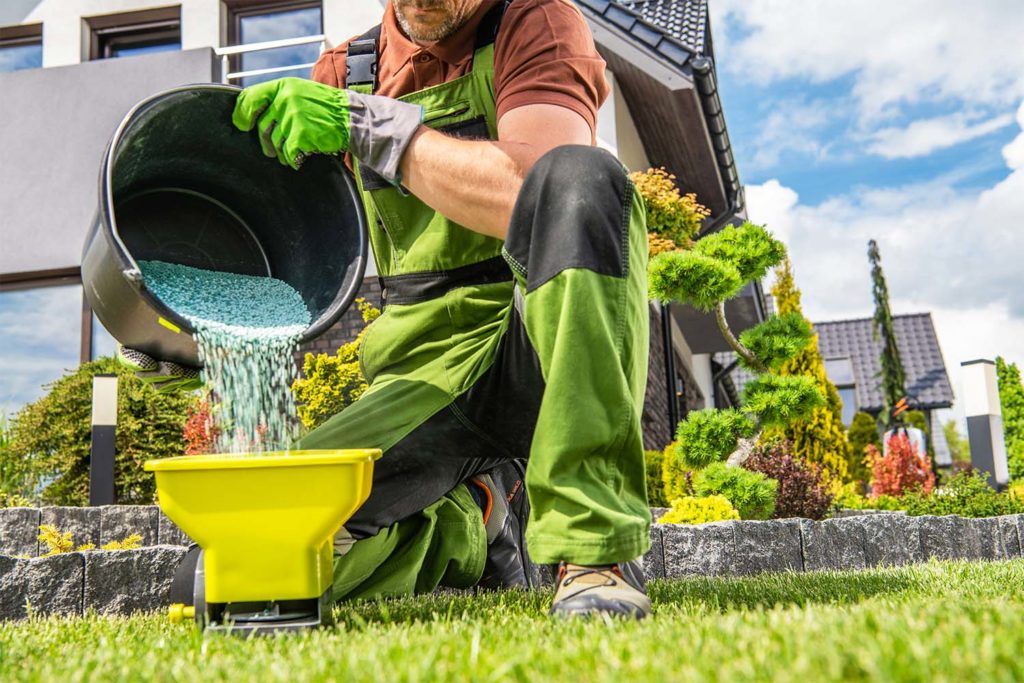
Conclusion: Timing Is Everything
A proper fertilizer schedule is the foundation for a thriving Texas lawn in 2025. By feeding your lawn at the right times with the correct nutrients, you can enjoy a green, healthy yard despite Texas’ challenging weather. Stick to this seasonal guide and watch your grass grow stronger year after year.
